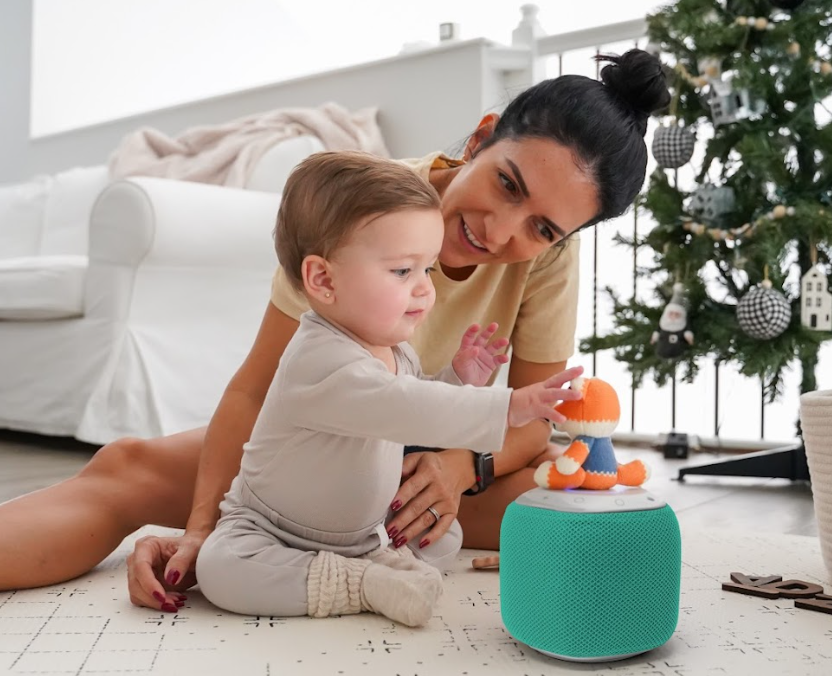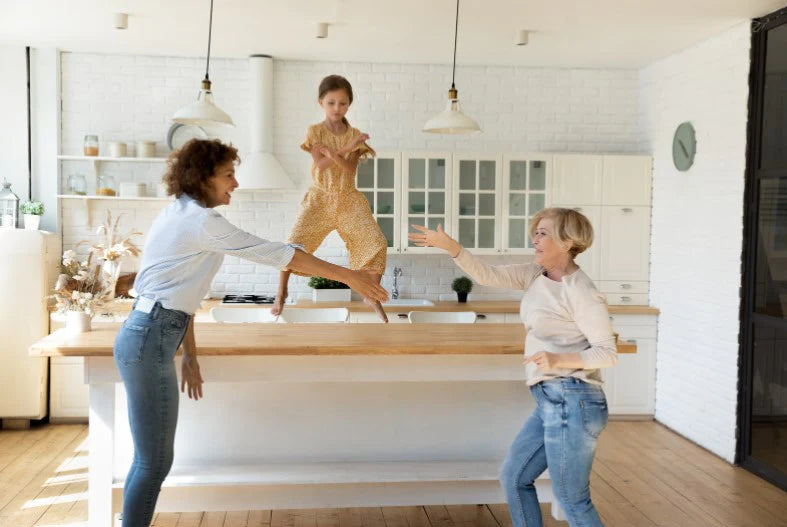As your child reaches the age of five, their imagination and curiosity are blossoming, making their room a crucial space for exploration, learning, and development. A well-designed room can stimulate their creativity, enhance their cognitive abilities, and foster a love for learning. So, what should your 5-year-old's room look like? Let's explore the key elements that will transform it into an educational haven.
- A Reading Nook - Encourage a love for books and reading by creating a cozy reading nook in the room. Add a small bookshelf filled with age-appropriate books, picture books, and fairytales. Include a comfortable chair or floor cushions where your child can immerse themselves in the magical world of stories. This space will not only enhance their language and vocabulary skills but also spark their imagination. Learn about what reading milestones your 5-year-old may reach this year!
- Art Corner - Unleash your child's creativity with an art corner. Supply them with a variety of art materials such as crayons, washable markers, colored pencils, child-safe scissors, glue sticks, and construction paper. Hang a bulletin board to proudly display their artwork, which can also serve as a visual aid for storytelling and discussing their creations, fostering their communication skills.
- Interactive Wall Space - Transform one wall into an interactive learning space. You can paint it with chalkboard or whiteboard paint for drawing, practicing letters, and early writing skills. Attach a large world map or solar system poster to inspire their curiosity about geography and space. Consider a growth chart to track their height progress, making it an exciting activity that combines math and measurement.
- STEM Toys and Games - Introduce educational toys and games that promote STEM (Science, Technology, Engineering, and Mathematics) learning. Puzzles, building blocks, counting toys, and basic science kits are excellent choices. These toys encourage problem-solving, critical thinking, and logical reasoning while keeping playtime engaging and fun. Read a more in-depth article about the importance of STEM for children here!
- Learning Center - Designate a small area as a learning center. Set up a child-sized table and chairs for various educational activities. Here, your child can explore age-appropriate workbooks, practice writing and drawing, work on simple math exercises, and engage in activities that foster cognitive development and fine motor skills.
- Nature Corner - Bring a touch of the outdoors inside with a nature corner. Include potted plants and a small terrarium to teach your child about the natural world, responsibility, and care for living things. You can also display collections of rocks, shells, and leaves they've gathered during outdoor adventures, encouraging their curiosity about the environment.
- Imaginative Play Zone - Foster your child's imagination with a designated play zone that encourages role-playing and imaginative games. Include dress-up clothes, dolls, action figures, a play kitchen, or a toy workbench. This area helps develop social and emotional skills as they explore different roles and engage in pretend play scenarios.
- Calming and Comfortable Space - Lastly, ensure your child's room is a calming and comfortable space. Choose soft, soothing colors for the walls and incorporate soft bedding and plush pillows. A quiet area in the room with cozy blankets and stuffed animals can be the perfect retreat for relaxation and downtime.
Designing an educational haven for your 5-year-old's room involves incorporating a variety of learning spaces that inspire curiosity, creativity, and a love for learning. By blending educational tools and playtime seamlessly, you create an environment where your child can thrive academically and emotionally, setting a strong foundation for their future education. Keep in mind that you don't need a particularly large space to make your child's room functional and educational. You can designate corners, wall spaces, and rugs to create "zones". Remember that children at this age learn best through exploration and play, so make the room a space where they can freely discover the wonders of the world around them as best you can!








